On the very first day that I ever went to a library to actually do genealogical research, way back in 1989, I found the name of my great-great-grandfather, John H. Dickson. Until the spring of 2015, that was the last confirmed, documented link I could find going back on that line. Now, I am beginning to be able to chip away at that wall. My goal has been to find the next links in the chain on my Dickson lineage. This post will start to summarize what I know to date and where I want to go next.
I expect that this will take several posts to summarize the research so far and to get to any sort of conclusions. This follows my Dickson line – father to father to father to father. That’s where my biggest gaps are. And as I can figure out who the Dickson male ancestors are, I can then figure out more about their wives and the grandmothers, opening up whole new sections of the tree.
There are lots of stories and pictures about Granddad and his parents, but this thread is primarily focused on the research. We’ll be back to fun stuff shortly.
When doing genealogical research, it is always important to start with what you know and work backward. So, let’s start with a tiny piece of the tree as a picture. This one already gives away some of the story, but that’s okay.

Robert Harrison Dickson, Jr., my grandfather, was born 29 Nov 1919 in Fort Smith, Sebastian County, Arkansas. His parents were Robert Harrison Dickson and Ethel Mildred Garner Dickson. In April 1940, Robert married Susan Louise Bailey, from Hackett, also in Sebastian County, Arkansas.
Starting with the 1940 census and working backward, we find Robert in Fort Smith reliably. In 1940, Robert and Susan, both age 20, are living with Robert’s parents at 2230 N. 29th St. in Fort Smith. This would have been not too long after Robert and Susan married. None of Robert’s siblings are living there with them; the household is only the four of them – Robert Sr, Ethel, Robert Jr, and Susan.

In 1930, Robert is a child in his parents house, along with his brother Richard and sister Evelyn. They are living at the same address as in 1940. Robert Sr., age 51, reports that he was born in Mississippi, as was his father, and that his mother was born in Alabama.

In 1920, Robert Jr is an infant, just one month old, in the house with Robert Sr, Ethel, Richard, and Evelyn. They are living this time at 2124 N. 14th St. in Forth Smith. In this census, Robert Sr. is listed as 42 years old, born in Mississippi. But his father is reported born in Alabama and mother born in Tennessee. One of the keys to figuring out Robert Sr.’s family is going to be where the parents are born.

This is as far back in the census as we find Robert Jr, since he was born in 1919. So, we turn our attention to Robert Sr. now.
Robert Harrison Dickson Sr. was born on 12 August 1878 in Coldwater, Tate County, Mississippi. This is a fact found on his death certificate and one that Granddad repeated about his father often. Robert moved with his family to Arkansas not long after he was born, settling first in Prairie County and then moving on to Rudy in Crawford County.
As I said previously, in my first experience with Census research, I found Robert’s father – John H. Dickson. I believe his mother to be Martha A. Taylor, though I have less concrete reasons for this – she isn’t reliably and consistently reported.
It appears that not long after coming to Arkansas, Robert’s father, John, died and his mother remarried. The story that Robert Jr told was that the second husband, Jack A. Jones, wasn’t well liked by the children, was mean, and never allowed the first husband to be mentioned. So, Robert Sr. grew up not knowing a lot about his father. Then, he left home early and didn’t have close contact with the family over the years. So, a lot of the trail runs dry as a result. That’s what I am trying to uncover. I have heard from some other parts of the family that Jack’s children from his first marriage didn’t think much of their stepmother, either. I suspect this wasn’t the model blended family.
In addition to the census, we rely on other documents to place Robert and then measure how well all of the documents agree or disagree. For example, in his World War I draft registration, he reports his birth as 12 August 1877 rather than the 1878 we have though before. His ages reported in 1940, 1930, and 1900 agree with an 1878 birthdate. In 1920 and 1880, his reported age matches the 1877 birth. 1900 agrees with neither.
We find Robert Sr, age 30, in the 1910 census in Fort Smith living as a lodger in a boarding house at 118 N. 6th St. His occupation is listed as a machinist in a factory. His parents and he are all listed as being born in Arkansas. The discrepancy in both his age and all of the birth places makes me think that someone besides him provided the in formation to the census taker. Remember from the 1920 census that Robert was 34 when he married for this first time so from a timeline perspective, this still makes sense.

In 1900, Robert is not in Arkansas. Instead, we find him, aged 21, living as a boarder with a minister and his family in the Creek Nation in pre-statehood Indian Territories. He’s working there as a farm laborer. In this case, Robert is listed as born in 1878 (correct), born in Mississippi (correct), with his father born in Georgia and mother born in Mississippi (not in line with other records). So far, we have not landed with the same birthplaces for his parents more than once. Again, as a lodger, it is likely that someone besides him reported his facts to the census taker.

The 1890 Census for Arkansas is lost, so we have to jump all the way back to 1880. In that case, we find Robert Sr. as a toddler in his parents home. We find Robert in the home of John H. and Martha A. Dickson. John is age 44, born in Alabama. His father was born in Tennessee and his mother in Virginia. John’s wife (presumably Robert’s mother) is Martha A. Dickson, age 23, from Alabama. Nothing is recorded for her parents birth places. They are living in 1880 in Bridge Bend Township, Prairie County, Arkansas.
Robert is 2 years old in this census. Also listed in the house are his older brother Cecil Dickson, age 4, and his younger sister, Minnie Z. Dickson, age 8 months.

This is a good place to pause. We have traced backward in the census and found Robert Sr. as a child in his parents’ home and have identified his father and presumably his mother. We have good clues where his parents were born.
Next steps will be:
- Press farther back in the census to track John H. Dickson and possibly identify his family of origin.
- Move forward tracing Robert Sr’s siblings and parents in order get a better picture of them to allow us to move back.
- Investigate the minister with whom Robert Sr. was boarding in Indian Territories. Was he connected to the family at all, or just someone who needed a farm hand?
- Identify other documents and sources that might shed light on Robert’s family line.


![IMG_1802[1]](https://wrenacres.files.wordpress.com/2016/03/img_18021.jpg?w=353&h=471)






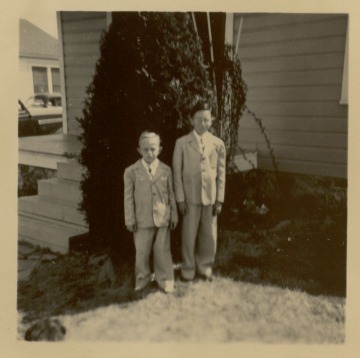
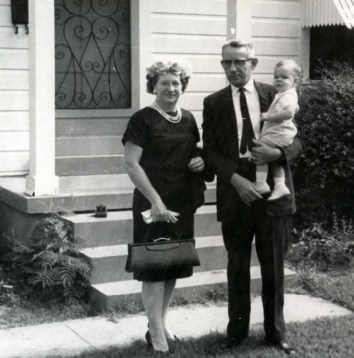





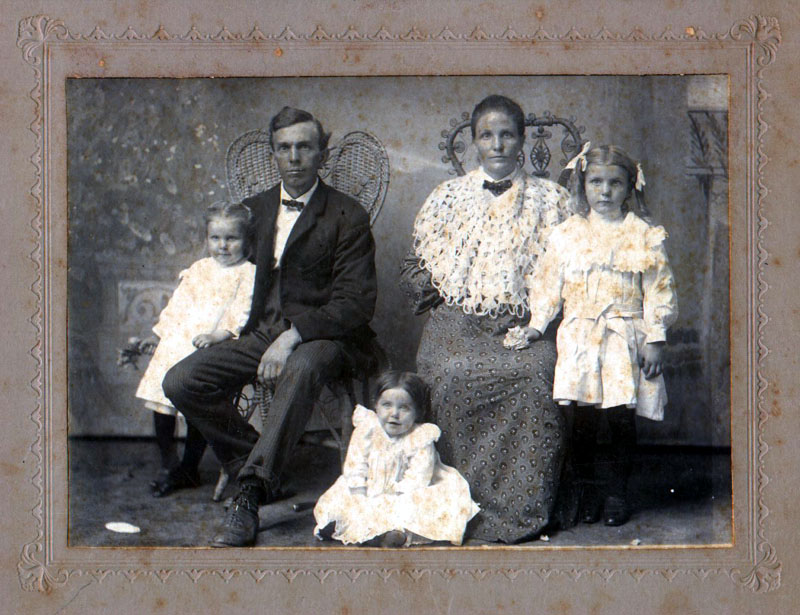
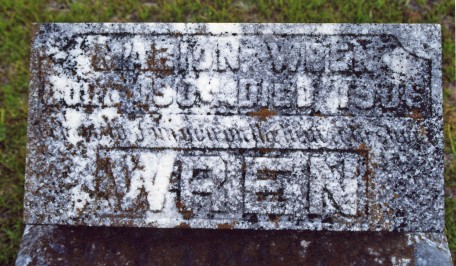



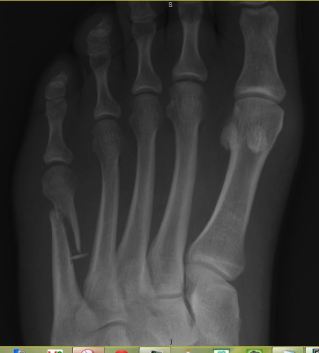 I have had it worked on a couple of times – cleaning, bushings replaced, a new spring – but it’s the same clock that has kept on ticking since it found its new home with Sam and Pearl in 1899. The last time I had it cleaned, I slipped coming down the stairs and broke my foot, but the clock didn’t get dropped and kept on running. Interestingly, I went ahead and took it to the clock repair place. I got a call to pick it up the day my foot came out of the cast.
I have had it worked on a couple of times – cleaning, bushings replaced, a new spring – but it’s the same clock that has kept on ticking since it found its new home with Sam and Pearl in 1899. The last time I had it cleaned, I slipped coming down the stairs and broke my foot, but the clock didn’t get dropped and kept on running. Interestingly, I went ahead and took it to the clock repair place. I got a call to pick it up the day my foot came out of the cast.




